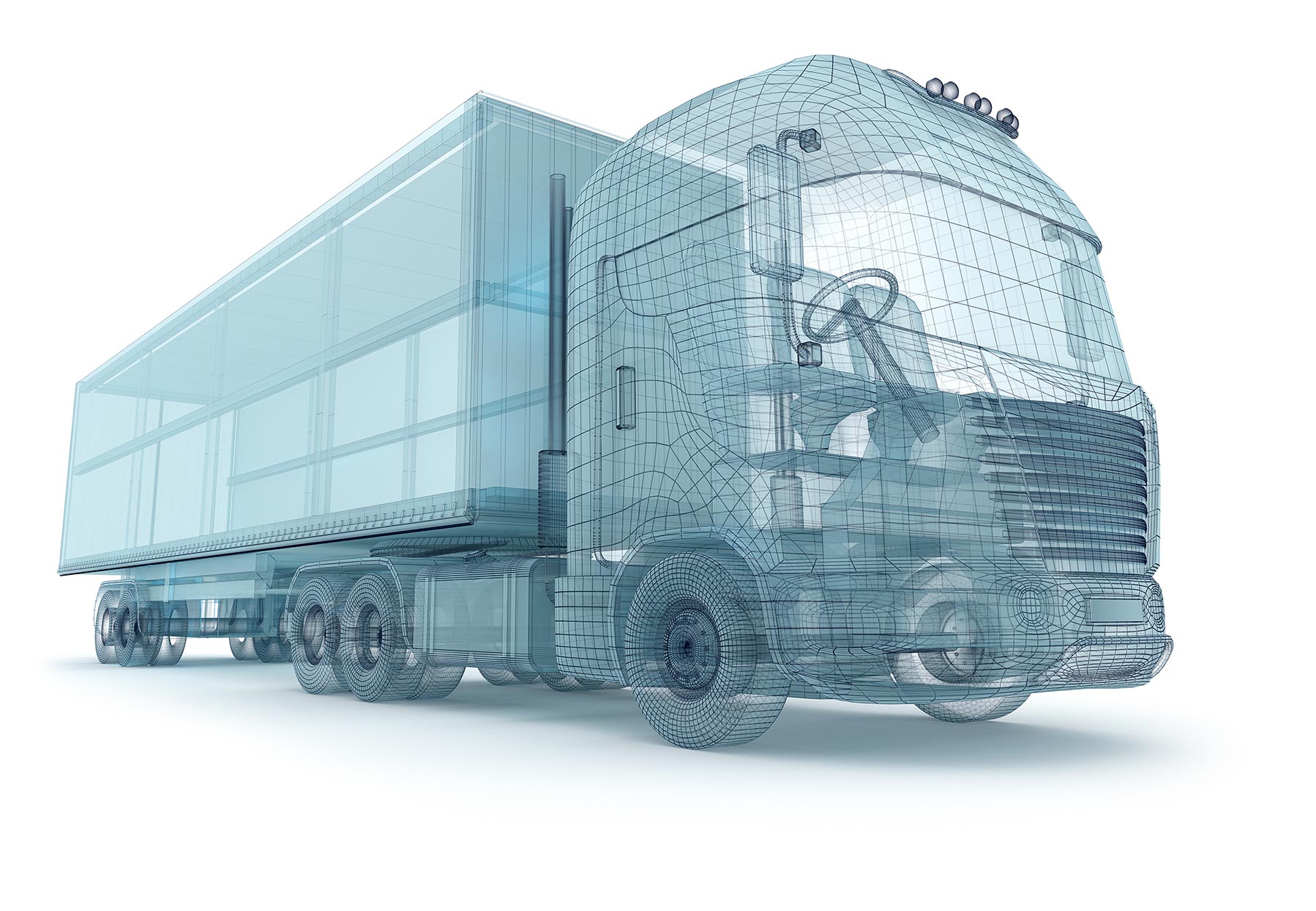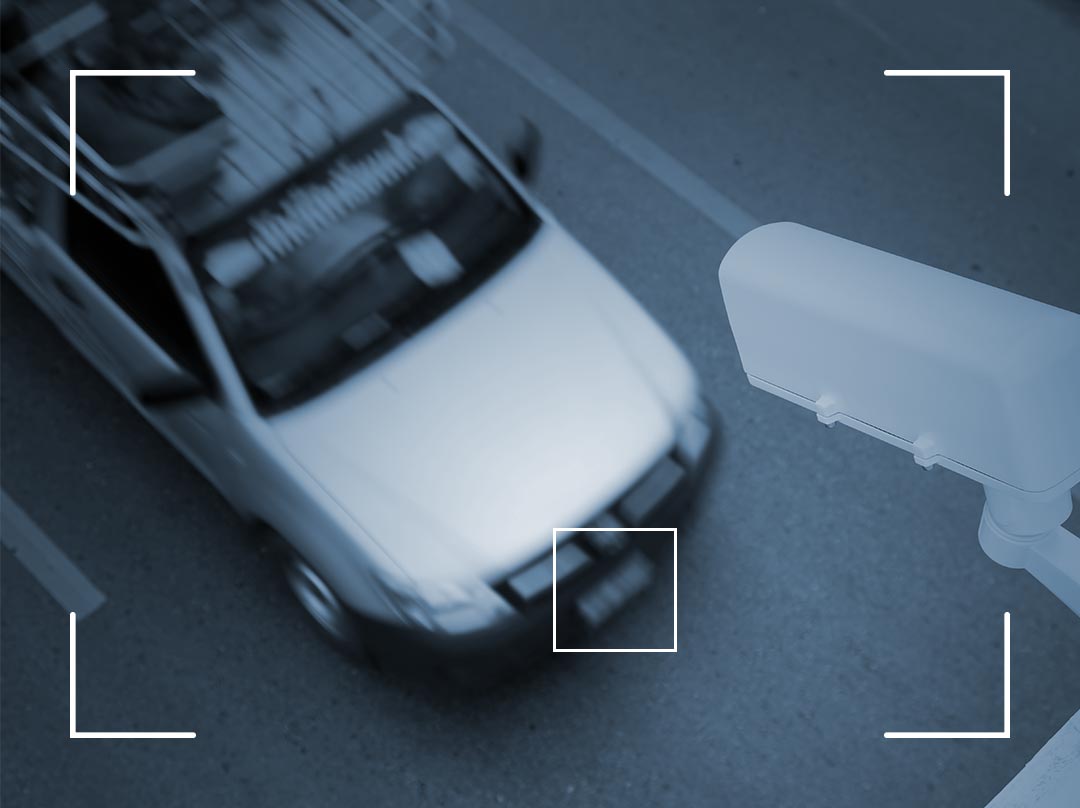WIOT’s innovative machine learning algorithms allow practical transportation applications to be deployed in real time without relying heavily on remote back-end systems.
WIOT aims to be a leader in the emerging domains of Artificial Intelligence (AI) and Machine Learning (ML). WIOT’s innovative ML algorithms allow practical transportation application to be deployed using cutting edge technology. This technology allows adaptive, advanced and evolving approached to License Plate Recognition (LPR) and Driver Fatigue Detection to name a few.

Advanced Machine Learning Systems
WIOT’s research labs are continually working on better and more advanced ways to tackle real-world transportation and safety challenges. These revolutionary AI/ML algorithms and systems can be directly deployed on the WIOT hardware devices, specifically, the WIOT AI Gateway. The WIOT AI Gateway is an edge device that allows very advanced processing on vehicles in real-time without relying heavily on
remote back-end systems.
WIOT is working towards providing innovative and cutting-edge AI solutions for the transportation industry.
WIOT LICENSE PLATE RECOGNITION (LPR)
WIOT LPR uses a camera and the WIOT AI Gateway to quickly process vehicle license plates on the edge, i.e., complete processing on the vehicle itself. WIOT LPR can be used for any real-world application that requires fast processing of vehicle license plates whether it is for cars illegally passing stopped school buses or
detecting vehicles entering a security gate.
As opposed to traditional LPR approaches of stripping down images to raw letters and numbers with no context of what is in the image, WIOT is working on innovative Machine Learning algorithms that rely on training models that learn what a car or vehicle is. Once the system learns to recognize cars and other vehicles, the algorithm can take live streams from surveillance cameras and identify vehicles highly accurately. Once the vehicles are identified, the license plate information is identified and recorded.
The advantage of using Machine Learning for LPR is that the model is very adaptable and can quickly be retrained for new environments, geographies, including the following use cases:
SCHOOL BUS STOP SIGN VIOLATIONS
WIOT LPR can be used to detect school bus stop-sign violations. When a school bus stops to drop off or pick up children, and the stop sign arm opens, WIOT LPR will immediately record and identify vehicles that pass the stopped school bus. These violations will be available to the correct authorities through a simple user interface or through APIs.
TOLL GATES
WIOT LPR can be deployed at toll gates to identify cars that pass the toll gate. Vehicles that are already registered and have paid will have their accounts debited, and toll violators will be recorded, identified, and fined.
GATE & PARKING ENTRANCES
WIOT LPR can be used to monitor car entrance gates and parking entrances to
only allow authorized vehicles to enter
AUTONOMOUS VEHICLE ENABLEMENT
The WIOT AI Gateway allows easy deployment of fully autonomous driving features. The WIOT research labs are actively working on autonomous use cases that will work directly on the vehicle without the need to do any remote processing. The WIOT AI Gateway, which is equipped to handle real-time AI use cases, coupled with WIOT MNVR functionality, sensors, and sensor management, provides a full solution for autonomous vehicles and autonomous enablement.
ACCIDENT DETECTION & AVOIDANCE SYSTEM (ADAS)
With the WIOT AI Gateway and cameras, sensors, WIOT provides a full solution for ADAS enablement. Currently, WIOT research labs are working on ADAS solutions that include vehicle proximity detection, dangerous driving, etc.
SELF PARKING
The WIOT AI Gateway allows companies to deploy self-parking solutions with a ready platform.
AUTONOMOUS DRIVING
With the WIOT AI Gateway equipped with cameras and sensors, autonomous driving just requires the extra processing required for fully autonomous driving
WIOT DRIVER FATIGUE DETECTION
WIOT Driver Fatigue Detection uses AI algorithms for driver fatigue detection. When drivers start to show signs of drowsiness (yawning, closing their eyes frequently or for longer than usual), WIOT Driver Fatigue detection will warn the driver with an alarm as well as send a notification to the fleet managers.
DRIVER & FLEET SAFETY
Using WIOT driver fatigue detection, fleet owners can rest assured that drivers will not fall asleep while driving or cause accidents due to fatigue
ACCIDENT DETECTION & AVOIDANCE SYSTEM (ADAS)
With the WIOT AI Gateway and cameras, sensors,
WIOT provides a full solution for ADAS enablement. Currently, WIOT research labs are working on ADAS solutions that include vehicle proximity detection, dangerous driving, etc.
WIOT FACIAL RECOGNITION
WIOT Facial Recognition uses AI algorithms for facial recognition with as little as one photo of any individual. This algorithm can be used for security, identity confirmation, and many other potential use cases.
BIOMETRIC SECURITY
WIOT facial recognition can be used to automatically identify drivers before they start fleet vehicles or school buses, confirm personal identity at doors, gates, or service counters


